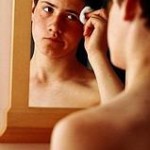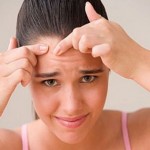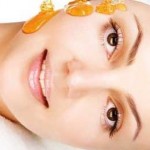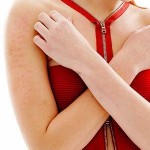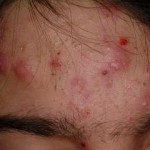 Acne is a skin disorder that is manifested by different types of bumps. They include whiteheads, blackheads, pimples and cysts. What causes these annoying bumps? The skin is covered with tiny holes called hair follicles or pores. The pores contain sebaceous glands (also called oil glands) that produce sebum, an oil that moistens your hair and skin.
Acne is a skin disorder that is manifested by different types of bumps. They include whiteheads, blackheads, pimples and cysts. What causes these annoying bumps? The skin is covered with tiny holes called hair follicles or pores. The pores contain sebaceous glands (also called oil glands) that produce sebum, an oil that moistens your hair and skin.
Most often, these glands produce the right amount of sebum and the pores are fine. But sometimes, a lot of sebum, dead skin cells and germs called bacteria clog the pores, which can cause acne.
If a pore gets clogged, closes and protrudes from the skin surface forming a white spot. If a pore gets clogged but stays open, the top surface can darken and a blackhead. Sometimes, the pore walls are broken, allowing sebum; bacteria and dead skin cells break through the skin below.
This produces a small red infection called grain. Clogged pores that open on a deep level of skin can cause major infections that are called cysts.
How to remove acne?
Prevent and eliminate of acne skin?
If you’re concerned about acne, there are several steps you can implement to avoid these beans:
As an aid to the accumulation of fat that can cause acne, wash your face twice daily with warm water and mild soap or cleanser for skin.
Do not scrub your face hard. In fact, scrub can worsen acne and irritate the skin. Wash gently with your hands instead of using a towel.
If you wear makeup, make sure the label says “no oil”, “non-comedogenic” or “does not cause acne.” When you wash your face, spend enough time to take off all makeup.
If you use sprays or hair gel, which when applied is not in contact with the face, as they may clog pores.
If you have long hair and touch your face, keep away from face and brushing them frequently to reduce accumulation of oil.
Baseball caps and other hats can cause pimples along the scalp. Avoid use if you think they are worsening your acne.
Wash your face after exercising and sweating a lot. Try not to touch your face.
Do not pick, squeeze or pop pimples.
